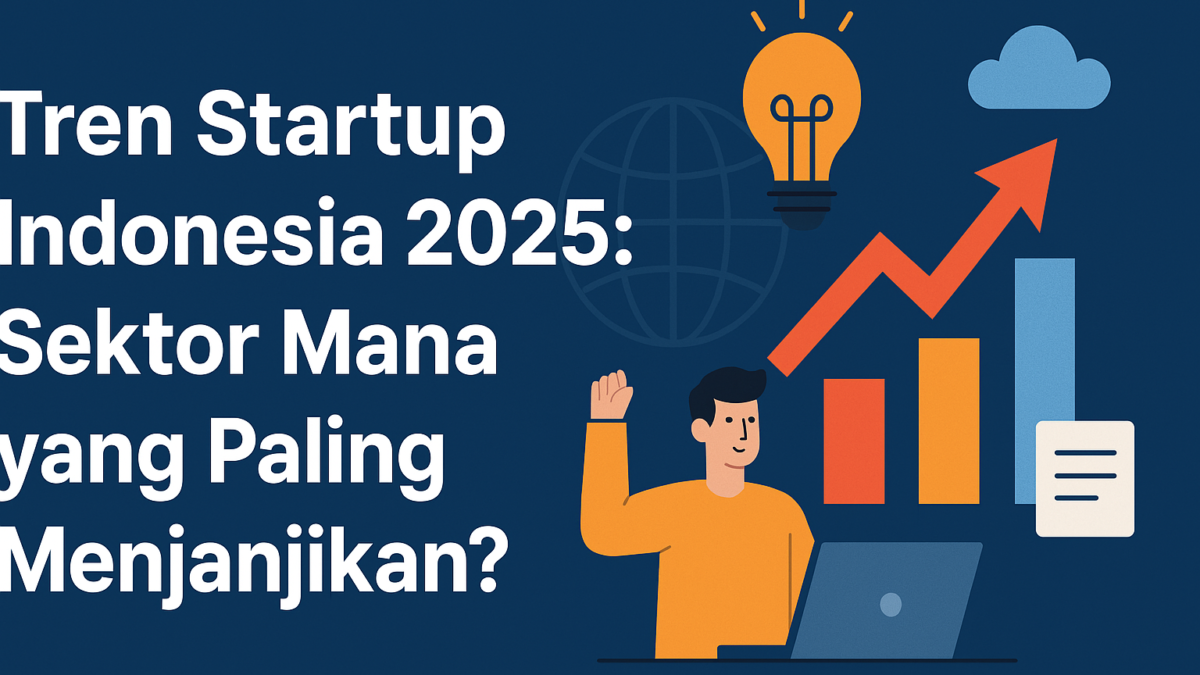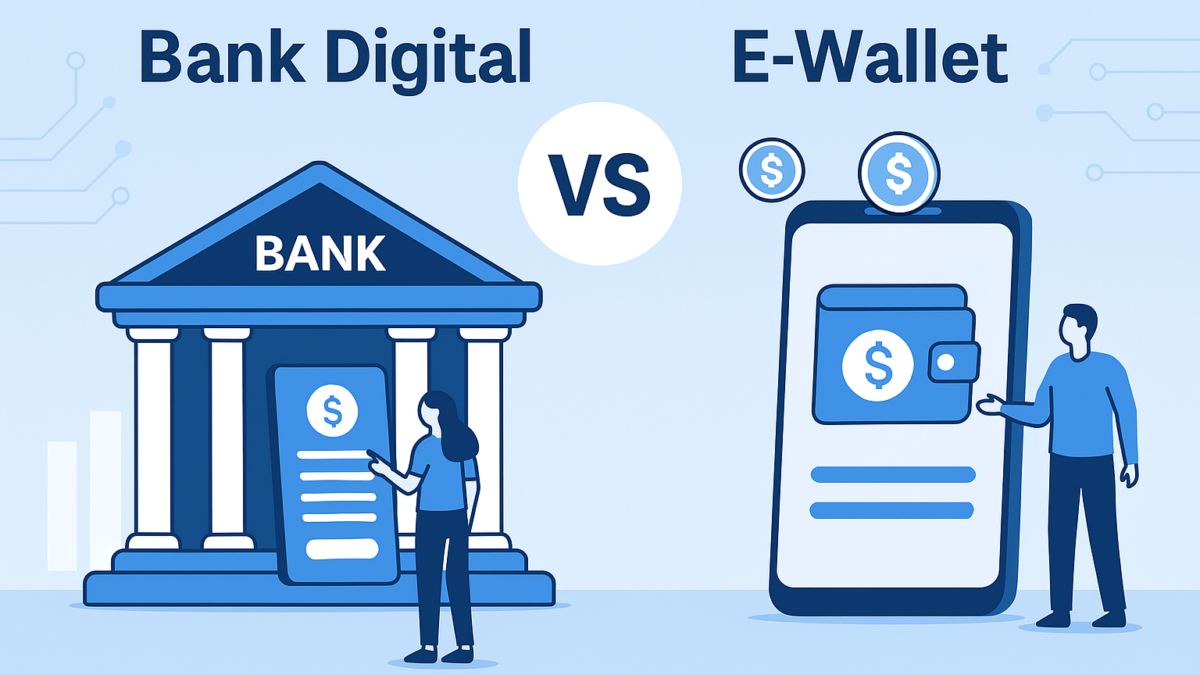
The urgency to address climate change and reduce carbon emissions has accelerated the development and adoption of renewable energy technologies. From solar panels and wind turbines to advanced battery storage systems, renewable energy is not only reshaping how we power our world but also paving the way for a sustainable and resilient future.
This article explores the transformative impact of renewable energy technologies, their benefits, and the challenges that lie ahead in achieving a global green energy transition.
Key Renewable Energy Technologies
1. Solar Power
Solar energy harnesses sunlight to generate electricity using photovoltaic (PV) cells or concentrated solar power (CSP) systems.
- Advancements:
- High-efficiency solar panels with improved energy conversion rates.
- Flexible solar films for integration into buildings, vehicles, and wearable devices.
- Impact:
- Solar power has become one of the fastest-growing energy sources, with falling costs making it accessible to households and businesses worldwide.
2. Wind Energy
Wind turbines convert kinetic energy from the wind into electricity, making it a cornerstone of renewable energy systems.
- Advancements:
- Offshore wind farms capable of generating higher energy yields.
- Enhanced turbine designs with longer blades for greater efficiency.
- Impact:
- Wind energy provides clean, renewable power to millions, reducing dependence on fossil fuels.
3. Hydropower
Hydropower uses flowing water to produce electricity, offering a consistent and scalable energy source.
- Advancements:
- Small-scale hydroelectric systems for remote communities.
- Innovations in pumped-storage hydropower for energy storage.
- Impact:
- Hydropower remains a reliable energy source, supporting grid stability and peak energy demands.
4. Energy Storage Systems
Advanced batteries and energy storage solutions play a critical role in addressing the intermittent nature of renewable energy sources like solar and wind.
- Advancements:
- Lithium-ion batteries with higher capacities and longer lifespans.
- Emerging technologies like solid-state batteries and flow batteries.
- Impact:
- Energy storage enables greater integration of renewables into the grid, ensuring a stable and reliable power supply.
5. Green Hydrogen
Produced through electrolysis powered by renewable energy, green hydrogen is emerging as a clean fuel alternative for industries and transportation.
- Advancements:
- Improved electrolyzer efficiency and scalability.
- Applications in heavy industries and long-haul transportation.
- Impact:
- Green hydrogen holds the potential to decarbonize sectors that are hard to electrify.
The Benefits of Renewable Energy Technologies
1. Environmental Impact
Renewable energy significantly reduces greenhouse gas emissions, mitigating the effects of climate change.
- Example:
- Transitioning to renewables could prevent up to 70% of global CO2 emissions by 2050.
2. Energy Security
By diversifying energy sources, renewables reduce reliance on imported fuels and enhance energy independence.
- Example:
- Countries like Denmark and Iceland have achieved energy security through robust renewable energy policies.
3. Economic Growth
The renewable energy sector drives job creation, innovation, and economic development.
- Example:
- The International Renewable Energy Agency (IRENA) reports that renewables employ over 12 million people worldwide.
4. Accessibility
Decentralized renewable energy systems bring electricity to remote and underserved communities, improving quality of life.
- Example:
- Solar microgrids provide power to rural areas in Africa and Asia.
5. Health Benefits
Reducing air pollution from fossil fuels leads to better public health outcomes.
- Example:
- The shift to renewables in urban areas has resulted in measurable declines in respiratory illnesses.
Challenges to Overcome
1. Intermittency
Solar and wind energy are weather-dependent, requiring advanced storage and grid management systems to ensure reliability.
- Solution:
- Investment in energy storage technologies and smart grids.
2. High Initial Costs
While renewable energy costs are declining, the upfront investment remains a barrier for many.
- Solution:
- Government subsidies, tax incentives, and financing mechanisms to encourage adoption.
3. Infrastructure Needs
Integrating renewables into existing energy grids requires significant upgrades to infrastructure.
- Solution:
- Modernizing grid systems to handle distributed energy generation.
4. Resource Constraints
The production of renewable energy technologies depends on finite resources like rare earth metals.
- Solution:
- Developing recycling programs and alternative materials to reduce dependency on scarce resources.
5. Policy and Regulatory Barriers
Inconsistent policies and regulatory hurdles can slow the deployment of renewable energy projects.
- Solution:
- International collaboration to establish clear, supportive frameworks for renewable energy development.
Real-World Examples of Renewable Energy Success
1. Germany’s Energiewende
Germany’s energy transition plan has positioned the country as a global leader in renewable energy, with over 40% of its electricity generated from renewables.
2. India’s Solar Revolution
India has rapidly scaled up solar energy production, achieving record-low costs and aiming for 450 GW of renewable energy capacity by 2030.
3. Costa Rica’s Green Energy Model
Costa Rica generates nearly all of its electricity from renewable sources, demonstrating the feasibility of a green energy economy.
The Future of Renewable Energy Technologies
1. Smart Grids
Smart grid systems will optimize energy distribution and storage, ensuring efficient use of renewable resources.
2. Advanced Materials
Breakthroughs in materials science will lead to more efficient and affordable renewable energy technologies.
3. Global Collaboration
International partnerships will drive innovation, investment, and the equitable distribution of renewable energy technologies.
4. Electrification of Transportation
The integration of renewables with electric vehicles (EVs) will reduce carbon emissions in the transportation sector.
Conclusion
Renewable energy technologies are at the heart of a sustainable future, offering solutions to some of the world’s most pressing challenges. By reducing carbon emissions, enhancing energy security, and driving economic growth, renewables are paving the way for a cleaner, greener planet.
However, realizing the full potential of these technologies requires overcoming technical, financial, and policy challenges. With continued innovation and collaboration, the vision of a sustainable future powered by renewable energy is within reach, offering hope for generations to come.















